
När jag först gick in i den här branschen, Jag trodde att blybatterier skulle vara farligare än lifepo4 solbatterier, men GycxSolar chefen sa att det inte stämmer. Tvärtom, litiumjonbatteriprodukter är farligare, med risker som explosion och förbränning. dock, batteriprodukter har alltid haft höga och komplexa transportkrav inom logistik.
På grund av den unika sammansättningen av lifepo4 solbatterier och det faktum att inte alla leverantörer av logistiktjänster har säkerhetsmedvetenhet och motsvarande professionella kunskaper för att hantera dem i enlighet, transportprocessen för litiumjonbatterier är full av variabler och komplexitet. Därför, Observera att expressleverans inte bara handlar om att lägga litiumbatterier i lådor. Att transportera batterier är ett seriöst jobb, och om det inte hanteras på rätt sätt, det kan leda till explosioner, bränder, och böter – med betydande risker!
I detta korta blogginlägg, vi kommer att introducera de korrekta metoderna för batteritransport, inklusive förståelse av regler, förpackning, bland annat. Med rätt yrkeskunskap, du kan säkert transportera lifepo4 solbatteri.
Förstå lifepo4 solbatteri

Lifepo4 solbatteri är den grundläggande kärnan i modern energilagring, används ofta inom områden som konsumentelektronik, bil-, och industri. Dess lätta och höga energitäthet gör den till det föredragna valet för bärbara och långvariga kraftbehov. Allt eftersom fler och fler produkter förlitar sig på Lifepo4 solbatterier, Marknadens efterfrågan på dem ökar också ständigt.
Det är avgörande att ha en djup förståelse för klassificeringen av litiumjonbatterier för att säkerställa säker transport. Litiumjonbatterier innehåller olika högaktiva ämnen, och att förstå deras kemiska sammansättning är en av grunderna.
På samma gång, den har hög energitäthet och genererar värme under drift, som kan utgöra betydande säkerhetsrisker i utrymmen med begränsad kapacitet, speciellt i slutna utrymmen såsom containrar under transport.
Litiumjonbatterier tillhör klassen 9 av system för farliga material. Klass 9 omfattar olika typer av farligt gods, inklusive föremål som är lättuppvärmda och lättantändliga. Litiumjonbatterier är särskilt framträdande i denna kategori på grund av deras brandrisker och känslighet för överhettning.
Detta klassificeringssystem utvärderar de potentiella riskerna med ämnen och material under transport. Felaktig hantering, förpackning, eller lagring kan leda till allvarliga kemiska och elektriska faror, så det är avgörande att ha en grundlig förståelse för detaljerna i säker transport.
Dessa klassificeringar ger logistikleverantörer egenskaperna hos varor, gör det möjligt för dem att veta hur man skickar litiumjonbatterier och hanterar logistiken för lifepo4 solbatterier korrekt, säkerställa efterlevnad av säkerhetsföreskrifter och förhindra olyckor under transport.
Varför kräver lifepo4 Solar-batteri särskilda transportarrangemang
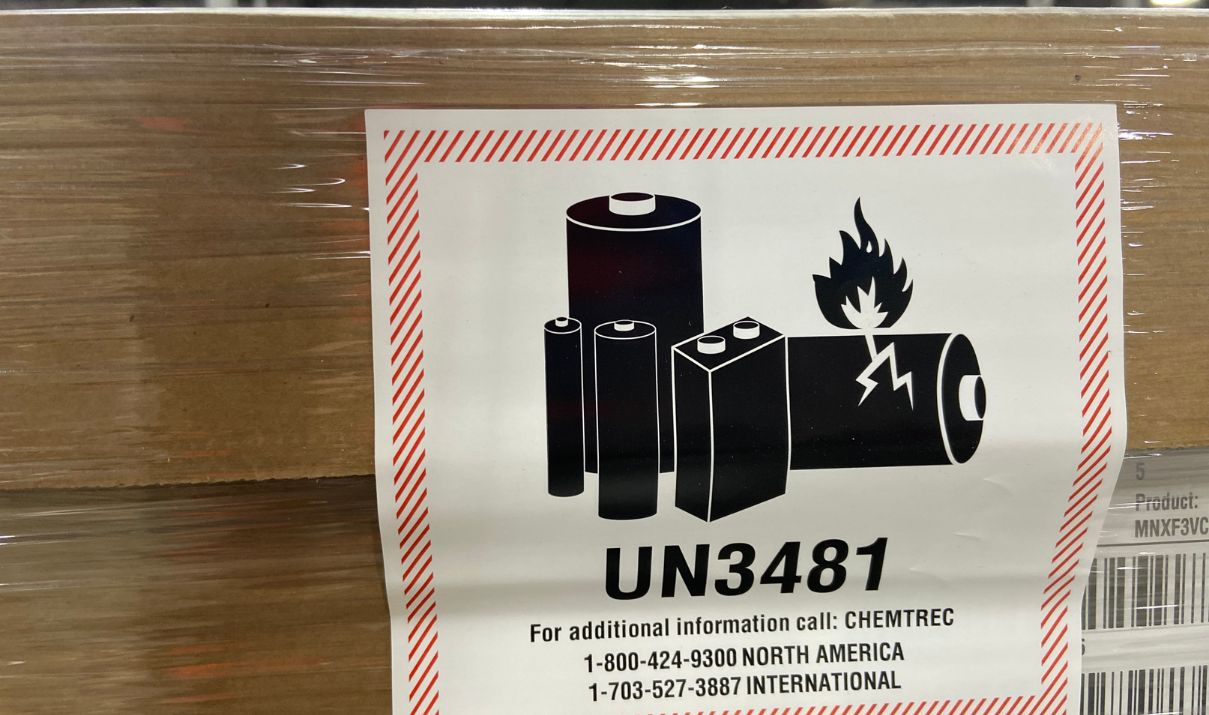
Lifepo4 solbatteri kräver speciella arrangemang under transporten eftersom felaktig hantering kan få allvarliga konsekvenser.
Om batteriet är skadat eller kortslutet, det kan orsaka termisk språng, leder till brand eller explosion. Detta kan inte bara orsaka skada på hanteringspersonal eller räddningspersonal, men också leda till skador på lasten, och elden kan till och med sprida sig till flygplanets eller fartygets lastrum.
Om en brand uppstår under transport, Särskilt med luft, nödlandning eller omledning kan krävas, öka risken och komplexiteten för transporter. Dessutom, om du bryter mot reglerna för batteritransport, du kan också sluta med att betala lagstadgade böter eller förlora transporträttigheter.
På grund av dess höga risk, litiumbatterier klassificeras som klass 9 farligt gods. Och andra typer av batterier kan tillhöra andra kategorier av farligt gods. Batteriprodukter måste överensstämma med förpackningen, märkning, och kvantitetsbegränsningar.
På vilka sätt kan Lifepo4-solbatterier transporteras?
Lifepo4 solbatteri kan transporteras med alla fyra huvudsakliga transportsätt som används inom logistik: luft, hav, väg, och järnväg. dock, olika transportsätt kan ha olika regler och krav.
Nedan presenterar vi allmänna riktlinjer som gäller för alla transportsätt, som kan erhållas genom att granska specifika farliga materialbestämmelser i följande branscher för mer detaljerad information:
Flygfrakt: International Air Transport Association Dangerous Goods Regulations och International Air Transport Association Lithium Battery Transport Regulations (LBSR)
Hav: International Maritime Dangerous Goods Code (IMDG)
Motorväg: Avtal om internationell transport av farligt gods på väg (ADR)
Järnväg: Internationella bestämmelser för transport av farligt gods på järnväg (BEFRIA)
Transportbestämmelser för litiumjonbatterier
Två viktiga dokument: Förenta nationernas manual för tester och kriterier och det globalt harmoniserade systemet för klassificering och märkning av kemikalier (GHS).
Det är avgörande att följa FN:s standard 38.3 vid transport av litiumjonbatterier med flyg, hav, väg, och järnväg.
Denna standard kommer från United Nations Manual of Tests and Standards och gäller både fristående batterier och batterier som redan är installerade i utrustning. I handelssäkerhetsbestämmelser, FN har utfärdat riktlinjer för säker transport av farligt gods.
Det globalt harmoniserade systemet för klassificering och märkning av kemikalier (GHS) tillhandahåller universella säkerhetsstandarder för kemikalier. Denna metod gör det lättare för personalen att snabbt förstå de potentiella riskerna med olika kemikalier, säkerställer säker hantering, transport, och användning av kemikalier, skyddar därmed människor och miljö.
En standard 38.3: Globala standarder

United Nations Manual of Tests and Standards tillhandahåller detaljerade testmetoder, standarder, och förfaranden för klassificering av farligt gods.
I denna omfattande myndighetskrav reglering, det finns ett särskilt kapitel som är allmänt känt som FN-standard 38.3, vilket är den tredje delen av manualen, Avsnitt 38.3.
Det här avsnittet ger detaljerad information om transport av litiummetall- och litiumjonbatterier. Dessa regler är globala riktmärken, och enhetliga regulatoriska standarder bidrar till att upprätthålla säkerheten vid transport av litiumjonbatterier. Tillsynsmyndigheter runt om i världen accepterar och följer dem i allmänhet.
Om du funderar på internationell transport av litiumjonbatterier, det är viktigt att förstå de speciella begränsningar som uppstår till följd av deras inneboende faror. Andra detaljerade krav kan variera beroende på transportsätt och landet/regionen dit batteriet transporteras. Det rekommenderas att noggrant verifiera och konsultera relevanta avdelningar för att säkerställa efterlevnad.
Transport av batterier på väg
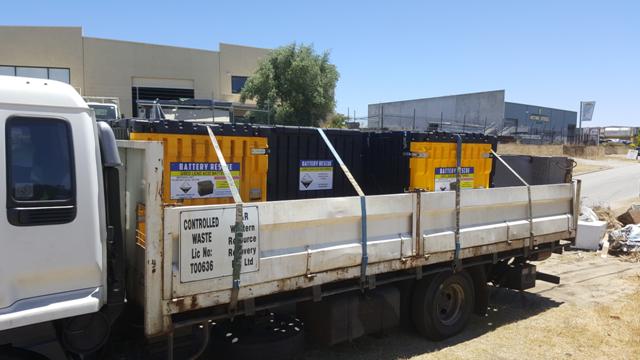
Inom vägtransporter, avsändare måste följa den lokala transportavdelningens regler för litiumjonbatterier, inklusive lämplig förpackning, märkning, och specifika kvantiteter och typer för vägtransporter. Lastbilstransportföretag måste också följa mer detaljerade bestämmelser, som att fästa etiketter på utsidan av behållare och rapportera information till relevanta lokala myndigheter i tid.
Skickar litiumbatterier med flyg
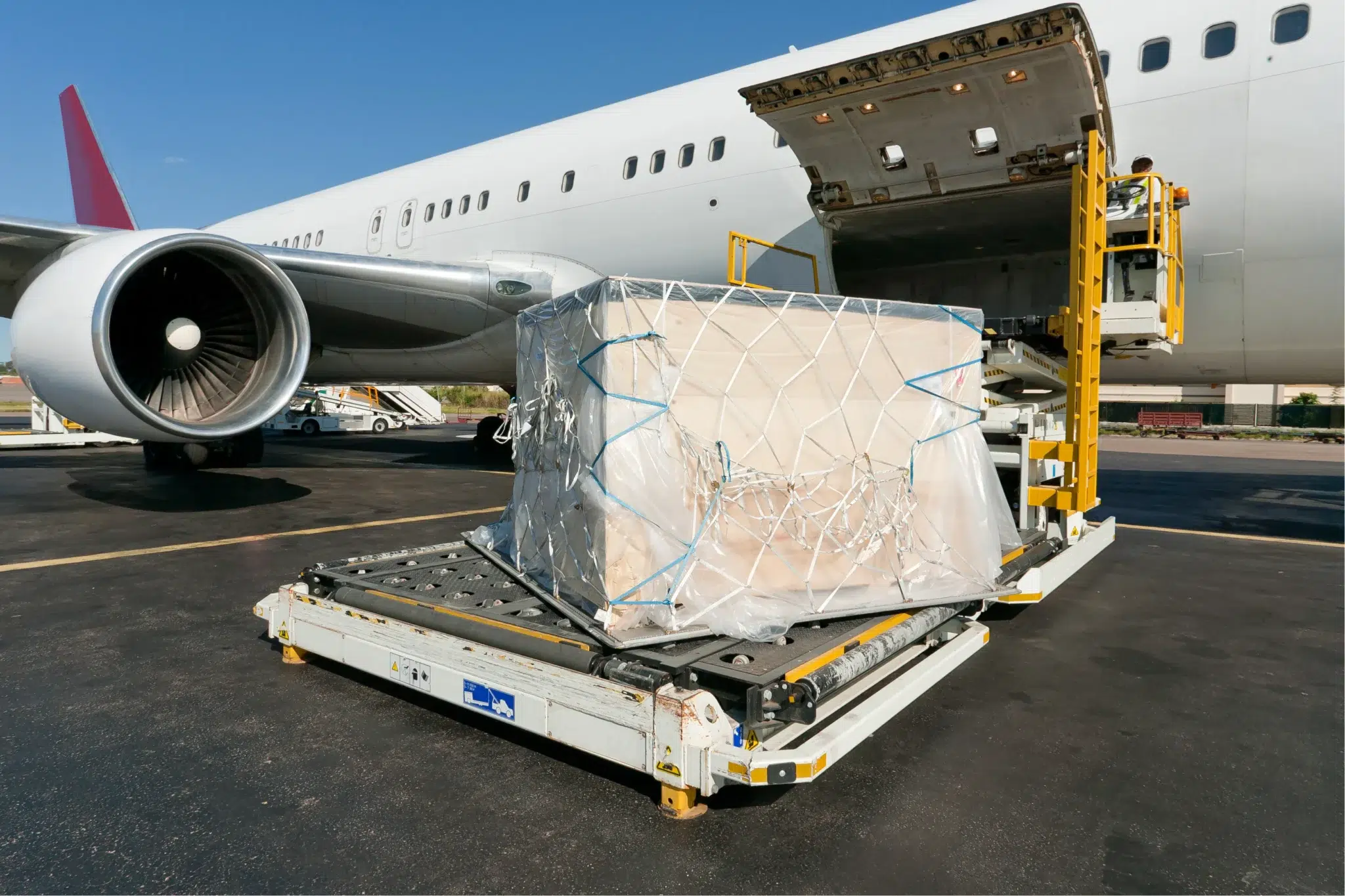
Kan litiumjonbatterier fraktas med flyg ? Svaret är ja, men förutsättningarna blir något högre.
För att säkerställa säkerheten för frakt av litiumbatterier med flyg, flygbolagen kommer att fastställa särskilda regler och restriktioner. Oberoende litiumjonbatterier kan inte transporteras som last på passagerarflyg. Men litiumjonbatterierna som är installerade i utrustningen kan fraktas med flyg, men det kommer att finnas begränsningar för antalet batterier och typen av utrustning.
Oberoende litiumjonbatterier kan transporteras med lastplan, men måste packas enligt föreskrifter för att förhindra potentiella höga risker såsom kortslutning eller självantändning.
Detta inkluderar att förpacka varje batteri individuellt och placera det i en sekundär ytterförpackning för att förhindra kortslutning.
Betalningsstaten (Soc) av alla litiumjonbattericeller och batterier (OCH 3480 endast) får inte överstiga 30% av deras nominella kapacitet. Battericeller och batterier med SoC som överstiger 30% får endast transporteras i enlighet med skriftliga villkor som fastställts av myndigheterna, med godkännande från ursprungslandet och det land där operatören är belägen.
För de senaste och reviderade bestämmelserna, Se vägledningsdokumenten för transport av litiumbatterier på din plats. Och oavsett om det är internationell eller inrikes frakt, det är bäst att kolla med flygbolagen för eventuella ytterligare krav som de har anpassat själva.
Litiumjonjärnvägstransport

Att transportera litiumjonbatterier med järnväg kräver efterlevnad av specifika järnvägsbestämmelser för att säkerställa säkerhet och överensstämmelse under transport.
Det måste följa FN:s föreskrifter 38.3: alla litiumjonbatterier som transporteras på järnväg måste klara strikta tester som specificeras i United Nations Manual of Tests and Standards, inklusive höjd, termisk cykling, vibration, och chocktester. Litiumjonbatterier måste förpackas enligt föreskrifter och märkas med farodekaler. För att förhindra risker för skador under transport, batterier bör också förhindras från att röra sig inuti förpackningen (PHMSA).
För järnvägstransitering, laddningstillståndet för litiumjonbatterier och uppladdningsbara batterier får inte överstiga 30% av deras nominella kapacitet. Högre SoC-nivåer är endast tillåtna under speciella omständigheter med godkännande från relevanta myndigheter i ursprungs- och destinationslandet (PHMSA).
Leverans av litiumbatterier till sjöss
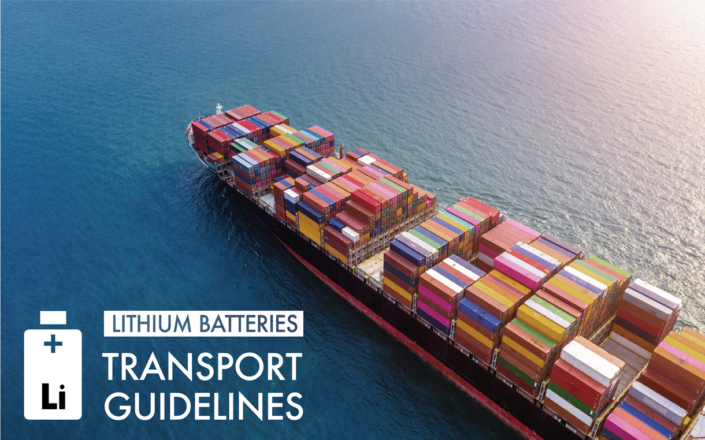
Sjöfrakt är det huvudsakliga transportsättet för internationella transporter för litiumjonbatterier. Denna metod är föremål för de internationella reglerna i International Maritime Dangerous Goods Code (IMDG-kod), som är den globala standarden för säker transport av farligt material till sjöss. Att skicka litiumbatterier till sjöss kräver efterlevnad av internationella regler och riktlinjer för att säkerställa säker transport av dessa potentiellt farliga material.
Lite information om att frakta batterier i havet:
International Maritime Dangerous Goods Code (IMDG) anger klassificeringen, förpackning, märkning, och andra krav på farligt gods för att förhindra olyckor och miljöfaror.
Klassificering av internationell sjöfartskod för farligt gods:
OCH 3480 är tillämplig på oberoende litiumjonbatterier.
OCH 3481 gäller litiumjonbatterier inuti eller förpackade i utrustning.
OCH 3090 och FN 3091 gäller för litiummetallbatterier respektive litiummetallbatterier som ingår eller förpackas i utrustning.
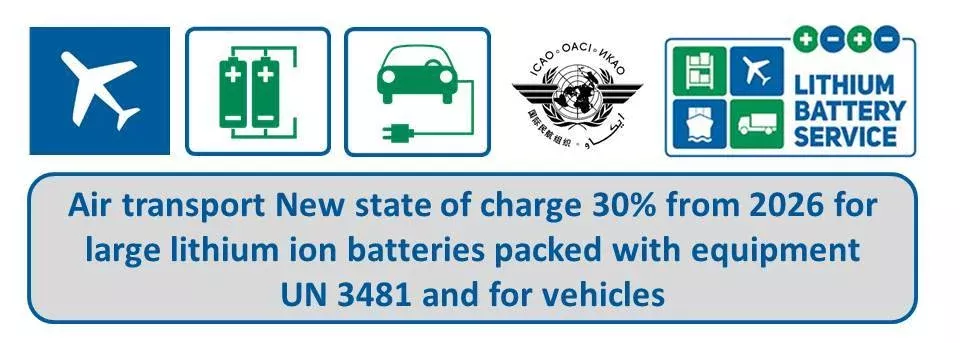
Slutsats
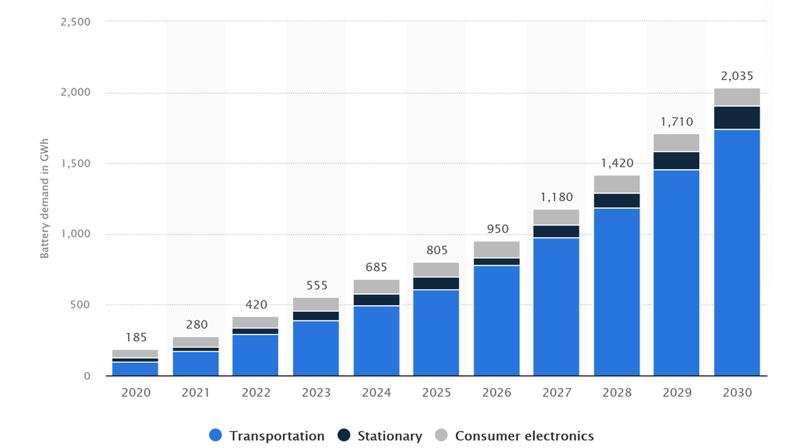
Med den ökande globala efterfrågan på litiumjonbatterier, logistiktransporter kommer också att möta nya expansioner och utmaningar. Att välja lämplig transportmetod baserat på din plats är fördelaktigt för din investeringssäkerhet. Ibland är transporten av litiumbatterier inte så säker, eftersom det förekommit incidenter där last fattat eld under sjöfrakt tidigare.
Rimligt urval, förpackning, och betoning kan minska förekomsten av dessa risker och säkerställa en smidig utveckling av din egen investering.
Därför, transporten av Lifepo4 solbatterier kräver noggrann planering och efterlevnad av specifika policyer och föreskrifter för transportplatsen för att säkerställa säkerhet och efterlevnad. Det rekommenderas att alltid vara uppmärksam på de senaste uppdateringarna och detaljerade riktlinjerna, som finns i officiella dokument från relevanta tillsynsmyndigheter såsom International Air Transport Association, International Maritime Dangerous Goods Administration, och lokala transportmyndigheter.
